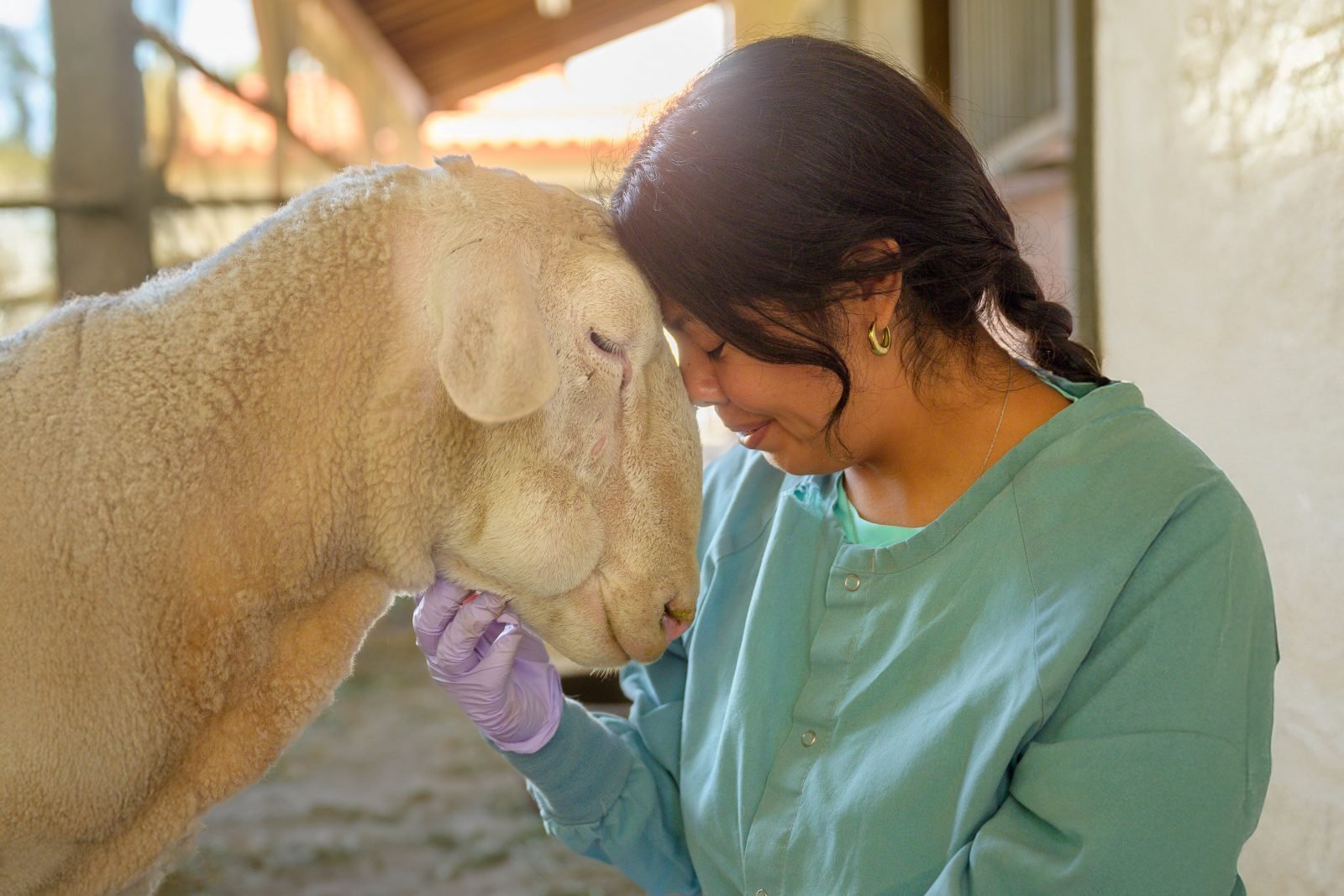Orland Shelter Director Tara Oresick has been overseeing the rehabilitation of the hundreds of hens with the help of our staff and volunteers. Tara writes:
During the first few days following the rescue, many of the hens needed fluids and tube feedings… some were even presenting signs of renal failure and shock. Unfortunately, for some of the hens, too much damage had been done — their frail bodies were shutting down.
By the end of the first week, however, most of the remaining hens really started to perk up, and they continue to grow stronger and more active each day. In the beginning, if we found a hen lying on her side, it was because she was too weak to stand. Now, if we find a hen on her side, it’s almost always because she’s dust bathing or basking in a beam of sunlight!
We still have about 25 hens in smaller, warmer pens we built in the barn. These hens were the weakest and needed the most individual care. Some have decided on their own that they are healthy enough to live with the main group,and they fly out of their pens to be with the other hens! Most will probably be strong enough to join the main flock in the coming days. Two weeks into rehabilitation, we are still treating all the hens for poultry mites. We will continue to check them regularly until we’re confident that the mites are gone.
On warm days, we open up the door to the yard. At first, no one wanted to go outside. Finally, one brave hen ventured out, followed by a few more. Now, every day, more of the hens seem interested in going outside to explore their new surroundings.
Vivian was one of the hens who needed the most care. She was very weak from lack of nutrients and water, but over the past two weeks she has improved significantly. Early on, she needed to be held and hand-fed in order to eat because she was too weak to stand and eat on her own. When she began to improve, we took her outside to see how she would respond to being in the sun and having dirt to scratch in. She was still weaker and less active than the others, but she was able to stand all by herself! And, if that wasn’t exciting enough, she then started grooming herself!
When I see Vivian or any of these beautiful hens grooming, dust bathing or running around flapping their wings, I have to remind myself that they are the same starved girls who we carried from the A&L Poultry warehouse. Their resilience is truly inspiring.










